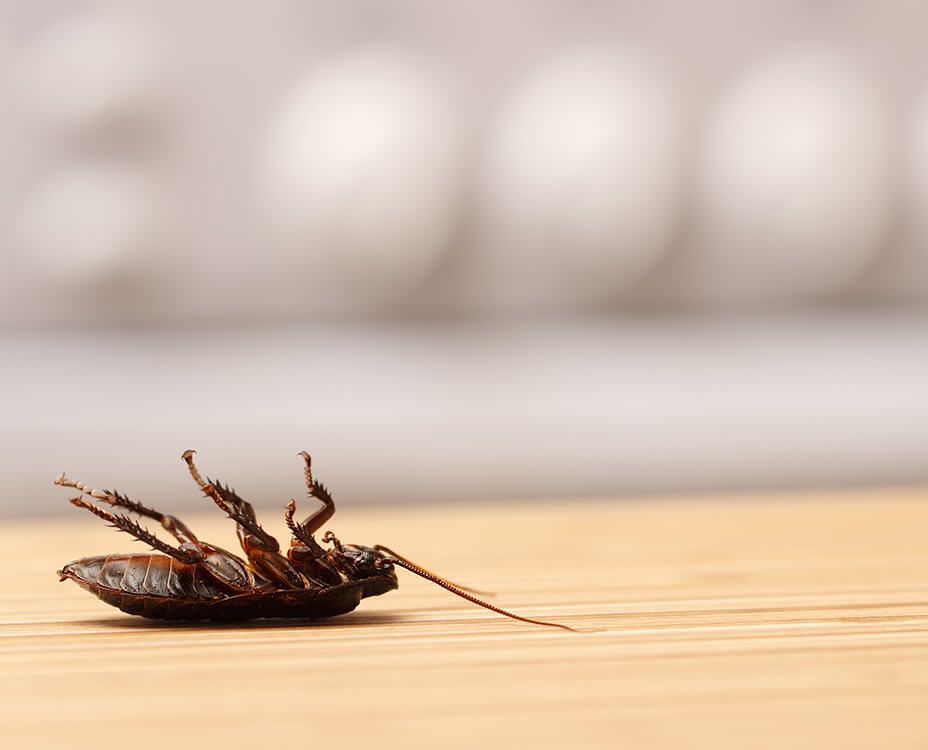Flea Control Service
Basic Flea Biology
Estimated 2,500 species of fleas in the world, 325 in the U.S. The most common is the Cat Flea
Fleas are wingless, dark-reddish brown in color, about an 1/8 inch long, and oval in shape
Can jump 7′ vertically and 13′ horizontally
4 stage life cycle: egg, larvae, pupa, and adult. Under normal conditions it takes 3–6 weeks to go from egg to adult
Adult fleas prefer to feed every 2–3 days and must feed before laying eggs
Female fleas begin to produce eggs within 24–48 hours of its first blood meal
Eggs are laid in batches of 20 and can be laid daily. Female fleas will lay eggs continuously until they die
1 female flea can lay up to 5,000 eggs in a lifetime
Total flea infestation is comprised of 5% adults and 95% pre-adults
Average life span of adult fleas is usually 4–6 weeks when a host is available
Pre-adult fleas can live up to 1 year (adults 2–3 years) if a host is not available

What to look for
Inspect your pets—look for small insects crawling in their fur around neck, face, and underside
Examine your skin for flea bites
Pepper like droppings in pet bedding and other areas where pets rest or spend time
While walking around with white socks, look for fleas “hitching a ride”
Prevention Tips
Treat your pets regularly with a proven quality product
Regular vacuuming, including in cracks and crevices
Wash pet bedding regularly
Treat lawn on a regular basis
Keep lawn and landscaping well maintained
Where do Fleas come from in the first place?
Wildlife (squirrels, raccoons, ground hogs, opossums, deer, birds, rodents, etc.)
Neighboring pets
Outside in your lawn
Areas to Inspect
Pet bedding and resting areas such as: beds, furniture, rugs, etc.
Areas where pets enter the house
Inspect your pets
Treatment We Offer
Thorough interior chemical treatment using an adulticide and an insect growth regulator (IGR) is applied. Exterior power-spray treatments are available if needed to address an infestation in the lawn and landscaping. Adulticide materials kill larvae and adult stages while the IGR will prevent eggs and larvae stages from further development. Adulticide materials have a residual life of 4–5 weeks and the IGR’s 7 months once applied. Extensive interior preparation is required prior to treatment as well as arrangements made to treat all pets. Re-treatments may be necessary within 15–30 days of the initial application to establish complete elimination. A pre-project check list as well as a full explanation of all preparation procedures will be provided prior to treatment.